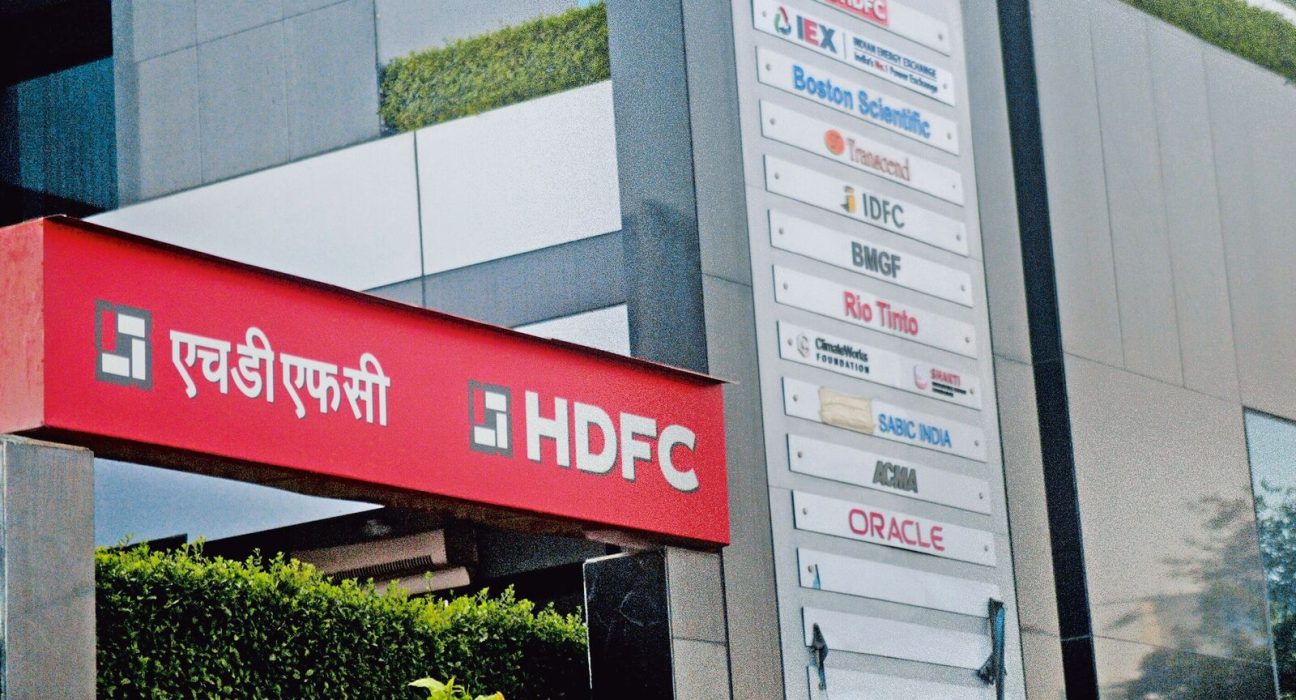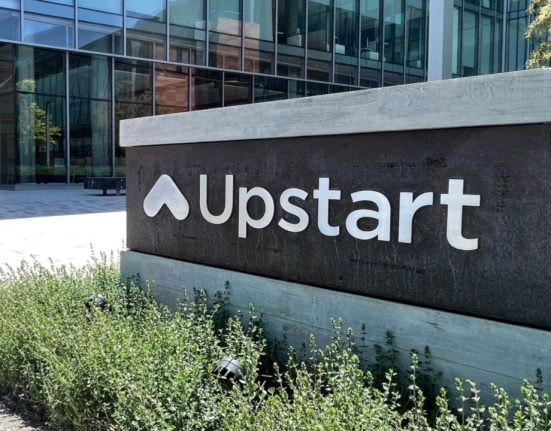Outstanding retail loans given by banks tipped over the ₹50 trillion milestone for the first time in November 2023, latest central bank data showed. This was aided by demand from individuals, a push by banks and the merger between HDFC Bank and erstwhile mortgage lender Housing Development Finance Corp. Ltd (HDFC).
Outstanding retail loans given by banks tipped over the ₹50 trillion milestone for the first time in November 2023, latest central bank data showed. This was aided by demand from individuals, a push by banks and the merger between HDFC Bank and erstwhile mortgage lender Housing Development Finance Corp. Ltd (HDFC).
Retail loans grew at an eye-popping 30% year-on-year (y-o-y) in November, which stood at 19% when adjusted for the merger cited above. In the same period, loans to industry rose at a sedate 6.6% y-o-y to cross ₹36 trillion.
Hi! You’re reading a premium article
Retail loans grew at an eye-popping 30% year-on-year (y-o-y) in November, which stood at 19% when adjusted for the merger cited above. In the same period, loans to industry rose at a sedate 6.6% y-o-y to cross ₹36 trillion.
Historically, corporate loans have far outstripped aggregate retail loans from banks, especially because of their larger ticket sizes. That changed about three years ago when retail loans surpassed credit to corporates for the first time on 20 November 2020.
From that date till 17 November 2023, outstanding retail loans grew at an express 79%, while corporate loans grew at a more measured 28%.
The current retail numbers are skewed somewhat by the HDFC-HDFC Bank merger. India’s largest private lender took into its fold its parent HDFC on 1 July 2023, leading to loans of the housing financier becoming part of the banking system. On an outstanding basis, as on 17 November 2023, the merger led to an additional ₹5.8 trillion of non-food credit, ₹4.4 trillion of which was in retail loans, showed data from the Reserve Bank of India (RBI).
The meteoric rise in retail loan growth has ensured such loans corner a larger share in aggregate non-food credit, leaving behind corporate loans. Retail loans now account for 32.5% (31% if the HDFC merger is not taken into account) of non-food credit, up from 27.3% on 20 November 2020.
The change in this balance in favour of retail loans has been supported by sluggish growth in corporate loans, as companies unsure of large project commitments focused instead on smaller capital expenditure financed by their own funds.
Experts believe retail loans will continue to grow. “Loan growth in secured segments like housing and auto does not seem to be a challenge as there is enough demand backed by strong income growth. Asset quality metrics are also holding up,” said Jindal Haria, co-founder, GreenEdge Wealth Services, an investment advisory firm.
He added that there are some concerns in small-value unsecured personal loans, a segment where people who would not have otherwise got quick loans owing to risk filters have been easily getting credit owing to a surge in availability. “That said, such segments are always riskier, and unsecured retail loans could see a decline of 200-300 basis points in terms of credit growth, which is not a lot if you look at its share in aggregate banking sector loans,” he said.
A basis point is one-hundredth of a percentage point.
In November, RBI raised risk weights on unsecured loans to consumers by banks and non-banks, and bank loans to non-banks, for onward lending.
“While the present delinquencies are within range, the sharp rise in the share of retail loans (from about a quarter of all loans in FY19 to about one-third in November 2023) in banks along with limited visibility on end use led to regulators increasing the risk weights on unsecured advances and also nudging lenders to be cautious on this exposure,” said Prakash Agarwal, a partner at financial consultancy Virtuous Solutions and Resources.
The overall outlook for bank credit offtake remains positive for this fiscal, “supported by factors such as economic expansion and a continued push for retail credit, which has been supported by improving digitalization,” Care Ratings said in a note on 18 December. It cautioned that elevated interest rates, any further rise in the repo rate, inflation and global uncertainties regarding geopolitical issues are other key factors that could weigh on credit growth.
Some economists expect RBI to start lowering the repo rate this calendar year. The central bank has been steadfast in reiterating its commitment to restricting inflation to 4% and looking for durable signs of softening price rise. Retail inflation stood at 5.55% in November.







